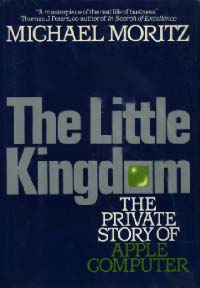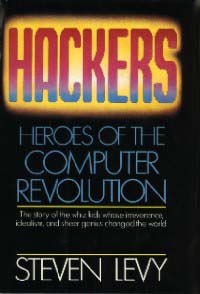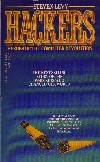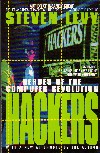
WOZ :THE PRODIGAL SON OF SILICON VALLEY
On the cover, Woz put on six colors
of sunglasses of Apple design.
The subtitle is
"The Amazing Steve Wozniak and his Apple Computer - The American Success
Story of The Eighties", and based on an interview with stakeholders such
as Randy Wigginton and Bill Fernandez, various episodes related to Woz up
until around 1982 are collected and edited as reading material.
It seems that it is mainly summarized "Woz Story" published in Omni
Magazine in 1983.
The
legend story of Woz from birth, Homestead High School, the encounter with
John Draper popularly known as Captain Crunch and Jobs, development of
Apple I, Apple II and foundation of Apple, his personal character in
Apple, plane crash and later, have been caught up with numerous books now,
but I think that this book has become the source of these information.
Soon after foundation, Apple hired
John Draper by Woz's recommendation for the development of a communication
interface card to connect Apple II to a telephone line.
Because of his
pugnacious character and unique appearance, John Draper did not match
Apple's corporate culture. The episodes have also been introduced that he
disliked a cigarette, when chain smoker's
Mike Markkula
and Mike Scott ignited cigarettes around Draper, they were always in a big
fight and finally he was driven to the side of the Woz desk at the corner
of the room.
The title "The
Prodigal Son" becomes "dissipation son" when translated into Japanese, but
it seems that the word sense does not match.
Is it a sense of being "a giftful person?"
Japanese version is "Woz who made
Apple" in January 1985, translated by Shogo Yuzawa, diamond company.
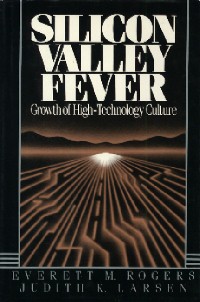
 SILICON VALLEY FEVER
SILICON VALLEY FEVER